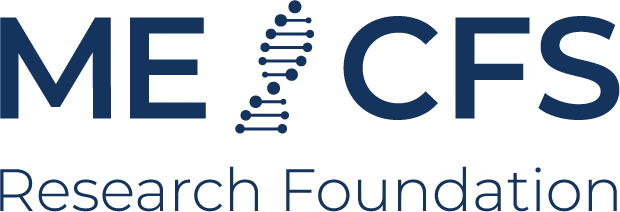Groningen Microbiome Hub
About
Organisation:
Working group head:
Location:
Groningen, Netherlands
Research types:
Epidemiological research
Link
Website
Description
The microbiome constitutes the constellation of bacteria, archaea, fungi and viruses that inhabit the human body and play an essential for human health. The group investigates factors that shape the microbiome, individual composition and stability of microbiome, its functional properties and relation to host and environmental factors, and its role in health. The group's research was initiated in 2016 by Prof. Dr. C. Wijmenga and Prof. Dr. Marten Hofker, and since then, they published numerous studies including several landmark papers in journals like Nature, Science, Cell, Nature Genetics, Science Translational Medicine and Gut. In these studies, the investigators quantified inter-individual variation in microbial composition and functional properties and assessed to what extent microbial differences can be linked to intrinsic and exogenous factors, as well as host genetics. Their studies established microbial associations with cardio-metabolic traits, inflammatory bowel diseases, irritable bowel syndrome, cytokine production and other phenotypes. They also disentangled the effect of disease and medication on the gut microbiome and showed that the usage of non-antibiotic drugs can also affect the gut microbiome, such as proton pump inhibitors, anti-diabetics and laxatives. Furthermore, they have demonstrated that the gut microbiome itself is a complex trait that can be affected by host genetics, environmental factors and their interactions. Though some bacteria species are heritable, environmental factors dominate over genetics in shaping our gut microbiome, in particular dietary factors. Along with adult samples, the group is investigating the microbiome during pregnancy and early life in the Lifelines-NEXT cohort: a collection of 1500 mothers and babies. They also explore the non-bacterial communities of the gut, including gut virome. Functional studies include culturing and characterization of specific bacterial strains. The group's results are critical for the field for designing rational microbiota directed prevention and therapies. Description adapted from working group website: see link above.Research projects
2
Research areas
8
Research types
2
Research networks
1
People
2
Research projects
A role of microbiome in the pathogenesis of ME/CFS: A population-based study
Project status:
Ongoing
Country:
Netherlands
Principal investigator:
Aleksandr Kurilshchikov
Organisations:
University of Groningen
Research period:
2023-01
to 2027-12
to 2027-12
Research types:
Epidemiological research
Research areas:
Digestive system dysfunction
Antibody repertoires against microbiota as biomarkers for ME/CFS (CFSmicroAbs)
Project status:
Ongoing
Country:
Netherlands
Principal investigator:
A.P. (Alexandra) Zhernakova
Organisations:
University of Groningen
Research period:
2023-09
to 2027-09
to 2027-09
Research types:
Epidemiological research
Research areas:
Infections, Immune system dysfunction, Digestive system dysfunction, General
